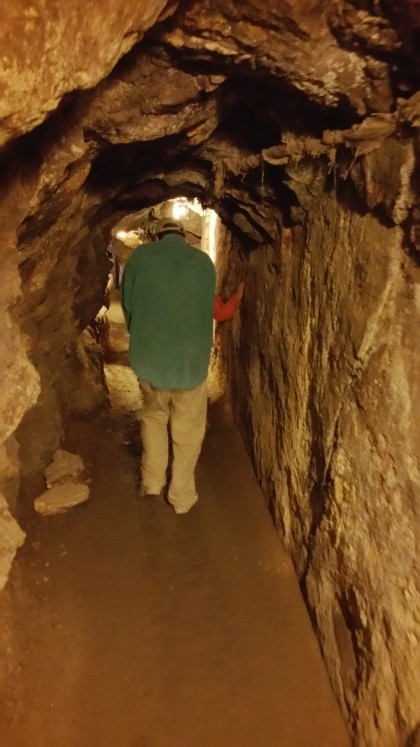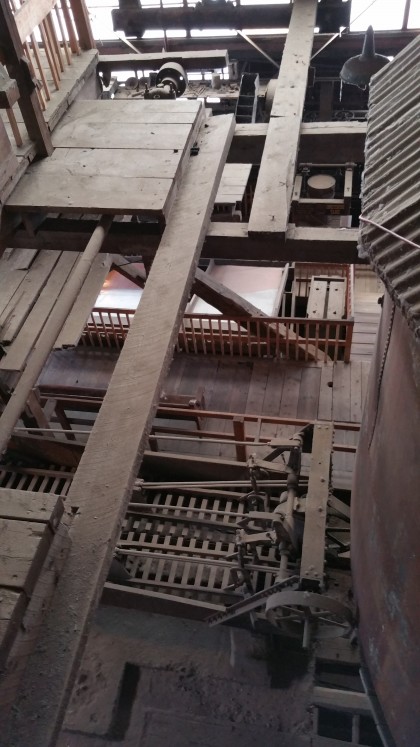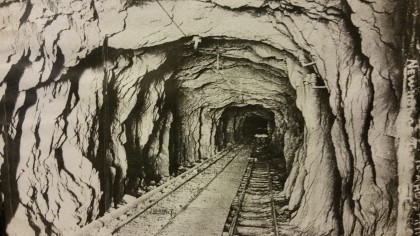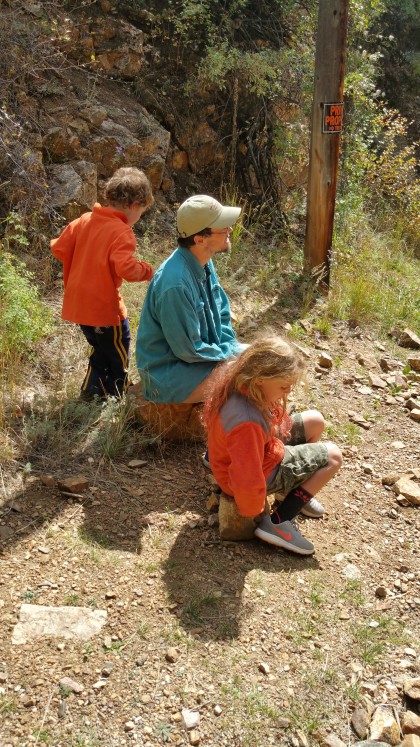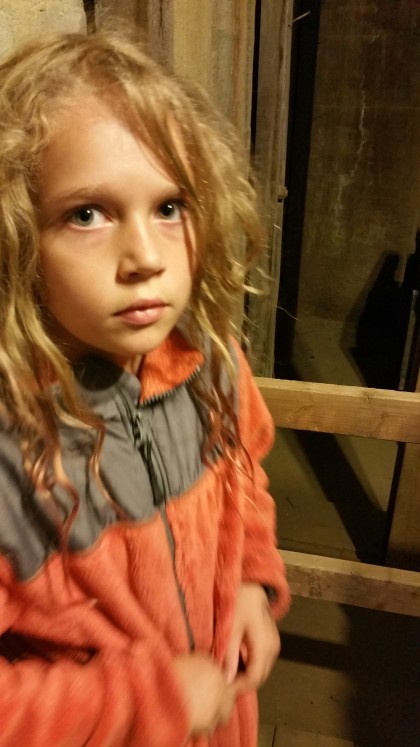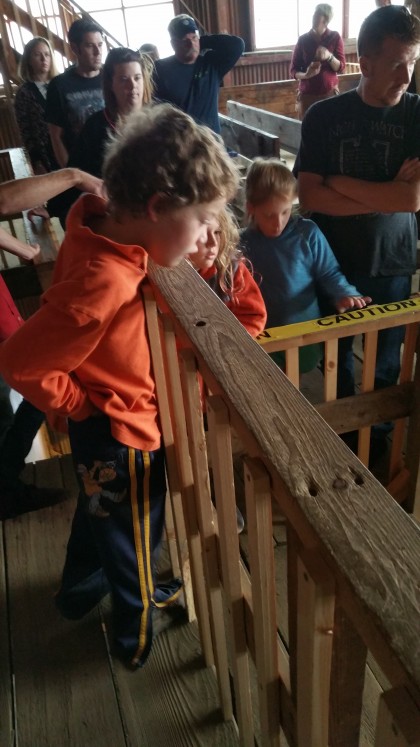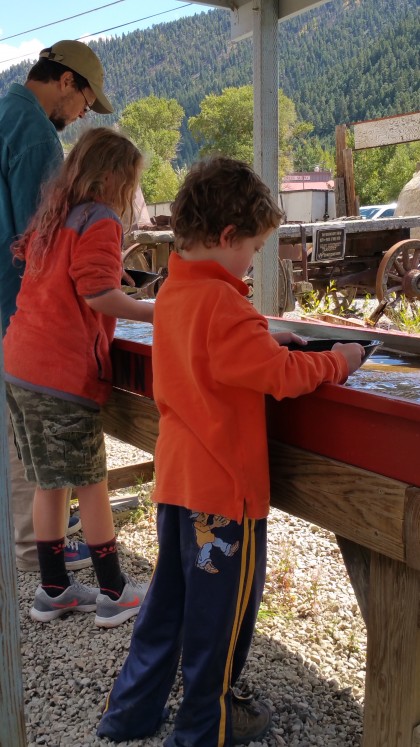Fall Hunter Moon
 The election is over. At least for Kate and me. We got our ballots in the mail on Tuesday. Yes, in the mail. We opened them and yesterday sat down together to vote. At our beetle kill pine kitchen table. The ballot spread out before us, front and back. The front had Hillary Clinton, Michael Bennet (Senate) and Jared Polis (House of Representatives) in a row, making it easy to vote for these Democrats.
The election is over. At least for Kate and me. We got our ballots in the mail on Tuesday. Yes, in the mail. We opened them and yesterday sat down together to vote. At our beetle kill pine kitchen table. The ballot spread out before us, front and back. The front had Hillary Clinton, Michael Bennet (Senate) and Jared Polis (House of Representatives) in a row, making it easy to vote for these Democrats.
There were several retain or not choices for judges. Don’t know if this happens elsewhere but here judges are appointed for two years then have to stand for a retention election. If retained, they serve eight more years. A state house race, county commissioner, surveyor, those sorts of offices sent us to the computer, checking on candidates and positions. We definitely voted against the Republican candidate for the state house who wanted to separate “School and State.”
 On the back of the ballot were several matters up for public decision, most amending the constitution, a couple with only statutory weight. These are placed on the ballot if they get enough signatures in a pre-election petition process. This is referendum politics and I don’t like it. It sounds like direct democracy, but in fact it is too often a place where large organizations run stealth campaigns, hammering the process with lots of money.
On the back of the ballot were several matters up for public decision, most amending the constitution, a couple with only statutory weight. These are placed on the ballot if they get enough signatures in a pre-election petition process. This is referendum politics and I don’t like it. It sounds like direct democracy, but in fact it is too often a place where large organizations run stealth campaigns, hammering the process with lots of money.
On the other hand the matters that make it onto the ballot are often important, sometimes conservative, sometimes progressive. TABOR, a tax revenue limiting referendum passed in Colorado in 1992 is “…is the most restrictive limitation in the country…” (Bell Policy) Conservative. But in 2012 another referendum allowed for the legalization of marijuana for recreational use, expanding the 2000 referendum which allowed medical marijuana.
This year ColoradoCare is on the ballot, a proposal which, if passed, would establish a single-payer health system in the state, so is medical aid in dying, a $1.75 increase in the cigarette tax, and an obscure rule about taxing benefits of using Federal lands.
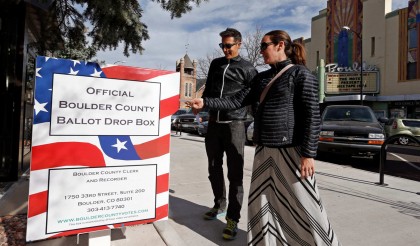 In effect the polling place became our kitchen table. It was better than a voting booth because we could discuss our votes, look up information on candidates or ballot issues. Today we’ll drop our ballots off at a ballot collection box at the Evergreen library.
In effect the polling place became our kitchen table. It was better than a voting booth because we could discuss our votes, look up information on candidates or ballot issues. Today we’ll drop our ballots off at a ballot collection box at the Evergreen library.
Colorado is an odd mix of libertarian, nutjob conservatives, centrists like Governor Hickenlooper and Richard Lamb, and progressives. It shows in the referendums on the ballot, the ones already passed and the mail-in ballot. The trend, thanks to in-migration of millennials and others from blue states like Minnesota, seems to favor the progressive as does the potential for a large turn out the vote campaign among the state’s significant Latino population.
It’s an edgy place, this strange state where the Great Plains end, the Rocky Mountains rise. Though Cozad, Nebraska marks the 100th parallel and the line where average rainfall plummets below 20 inches year, the start of the arid west, it is the Rockies which mark the true border between the agriculturally dominated Midwest and Great Plains and the West.
We are both of the plains and the mountains, a place where Eastern ends and Western begins. The politics here represents that border transition, an uneasy joining of the two. The future, as seen from Shadow Mountain, should be interesting.


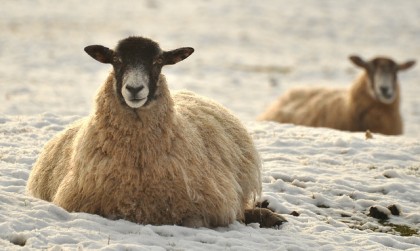

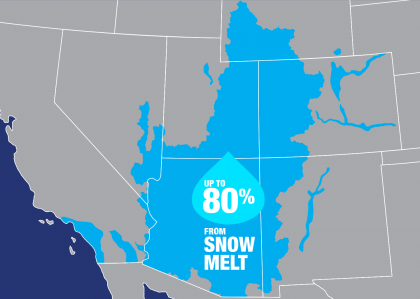

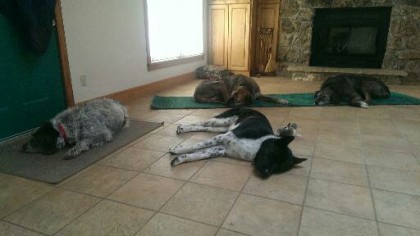
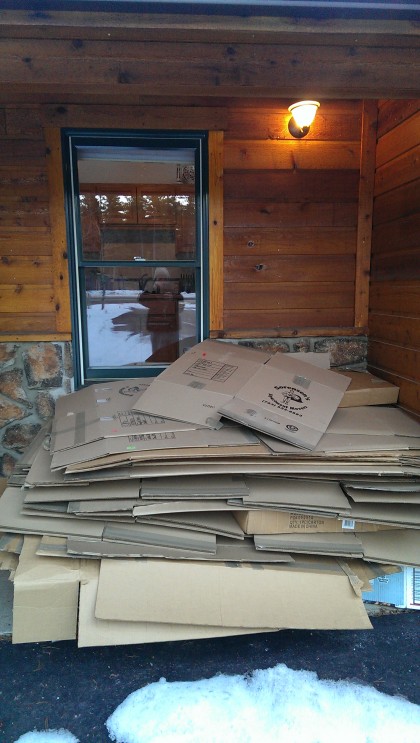
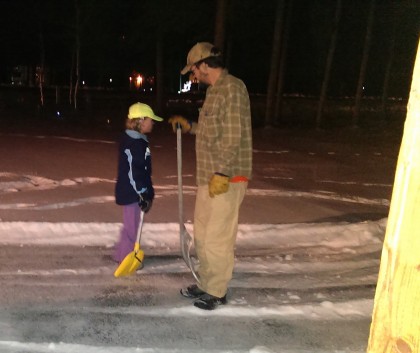

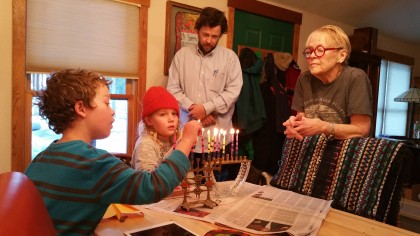
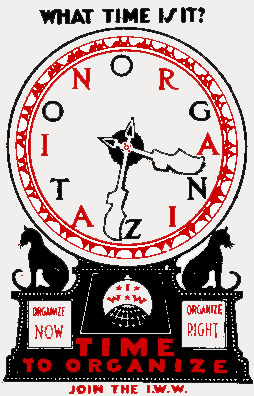
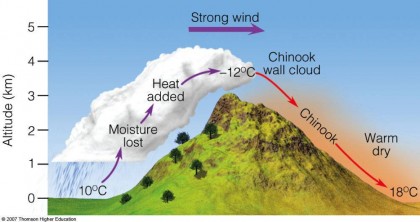
 The election is over. At least for Kate and me. We got our ballots in the mail on Tuesday. Yes, in the mail. We opened them and yesterday sat down together to vote. At our beetle kill pine kitchen table. The ballot spread out before us, front and back. The front had Hillary Clinton, Michael Bennet (Senate) and Jared Polis (House of Representatives) in a row, making it easy to vote for these Democrats.
The election is over. At least for Kate and me. We got our ballots in the mail on Tuesday. Yes, in the mail. We opened them and yesterday sat down together to vote. At our beetle kill pine kitchen table. The ballot spread out before us, front and back. The front had Hillary Clinton, Michael Bennet (Senate) and Jared Polis (House of Representatives) in a row, making it easy to vote for these Democrats. On the back of the ballot were several matters up for public decision, most amending the constitution, a couple with only statutory weight. These are placed on the ballot if they get enough signatures in a pre-election petition process. This is referendum politics and I don’t like it. It sounds like direct democracy, but in fact it is too often a place where large organizations run stealth campaigns, hammering the process with lots of money.
On the back of the ballot were several matters up for public decision, most amending the constitution, a couple with only statutory weight. These are placed on the ballot if they get enough signatures in a pre-election petition process. This is referendum politics and I don’t like it. It sounds like direct democracy, but in fact it is too often a place where large organizations run stealth campaigns, hammering the process with lots of money. In effect the polling place became our kitchen table. It was better than a voting booth because we could discuss our votes, look up information on candidates or ballot issues. Today we’ll drop our ballots off at a ballot collection box at the Evergreen library.
In effect the polling place became our kitchen table. It was better than a voting booth because we could discuss our votes, look up information on candidates or ballot issues. Today we’ll drop our ballots off at a ballot collection box at the Evergreen library.